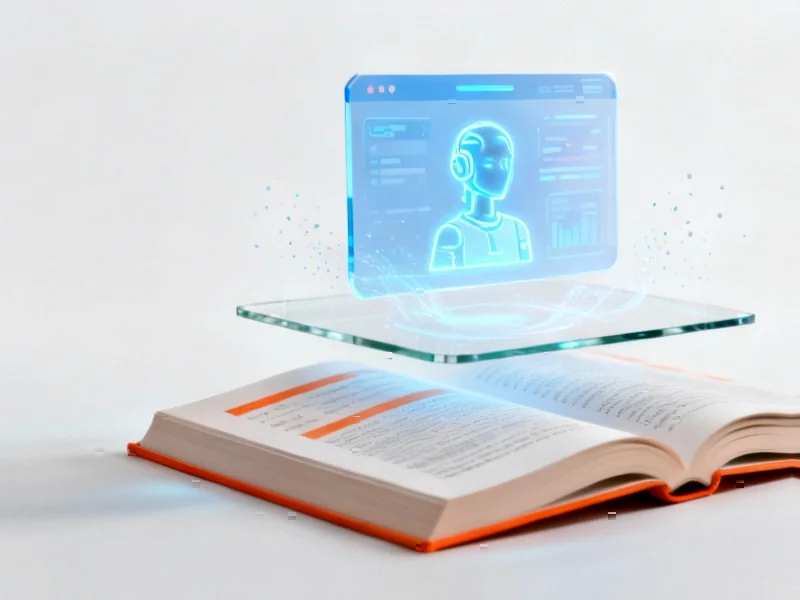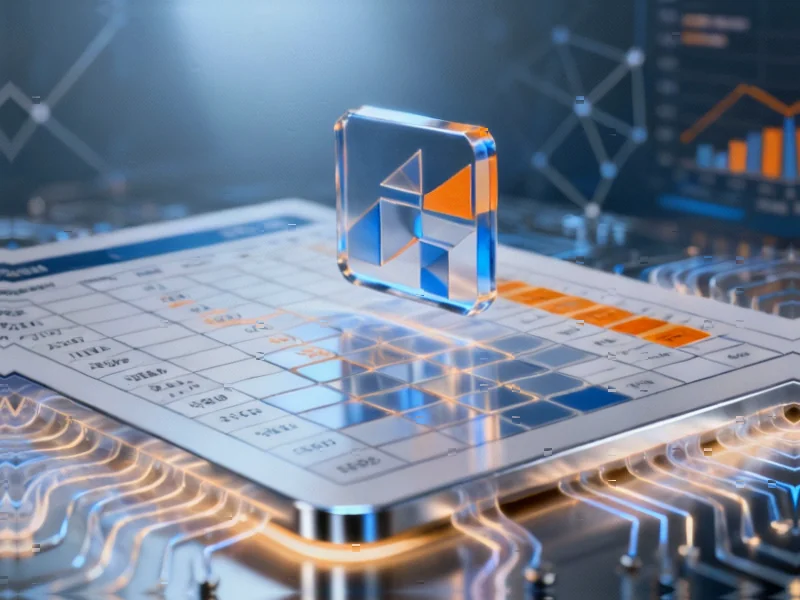According to The Verge, LexisNexis CEO Sean Fitzpatrick has repositioned the company as an “AI-powered provider of information, analytics, and drafting solutions” with their new Protégé tool. The system aims to eliminate the AI hallucination problem that has plagued legal filings by grounding responses in 160 billion legal documents and using citator agents to verify case validity. This transition from research tool to drafting assistant raises fundamental questions about how junior lawyers will learn their craft and whether we’re automating too much of the judicial system.
Table of Contents
The Legal Research Evolution
The shift from traditional legal research to AI-assisted drafting represents the most significant change in legal practice since the move from physical law libraries to digital databases. LexisNexis and its competitor Westlaw have dominated legal research for decades, but their new AI capabilities fundamentally alter the lawyer’s workflow. Where traditional research required lawyers to manually shepardize cases to verify their current validity, AI systems can now automate this process while potentially introducing new risks. The legal profession has been surprisingly slow to adopt technology compared to other industries, with only two-thirds of UK lawyers using AI despite its potential benefits.
The Hallucination Problem and Legal Integrity
The core challenge facing legal AI isn’t capability but reliability. We’ve already seen numerous instances where lawyers faced serious consequences for relying on AI-generated content. A Bloomberg Law report documented sanctions against attorneys who submitted briefs with fabricated case citations, while Massachusetts bar authorities have taken action against similar offenses. The problem extends beyond individual lawyers – there have been instances where courts had to retract opinions because judges themselves relied on AI tools that hallucinated case law. This creates a fundamental threat to stare decisis, the principle that courts should follow precedent, which forms the bedrock of common law systems.
Transforming Legal Education and Practice
The most profound impact may be on how lawyers develop their skills. Traditional legal training relies heavily on the apprenticeship model, where junior associates learn by doing the grunt work of legal research and drafting that AI systems now automate. If tools like Protégé handle deposition question preparation and motion drafting, we risk creating a generation of lawyers who never develop the analytical muscles that come from wrestling with case law analysis firsthand. This could lead to a bifurcated profession where senior partners who came up through traditional training work alongside junior lawyers who lack fundamental analytical skills, potentially compromising the quality of legal representation over time.
Judicial Philosophy and Technological Bias
The intersection of AI and judicial philosophy presents another complex challenge. As courts increasingly rely on technology, there’s growing concern about how AI might influence or even determine legal outcomes. The trend toward originalist interpretation methodologies could be amplified by AI systems that analyze historical language usage, potentially giving technological veneer to ideological positions. If both lawyers and judges use AI tools that share similar training data and methodologies, we risk creating an echo chamber effect where the system reinforces certain interpretive approaches while marginalizing others. The legal profession will need to develop new ethical standards and verification processes to ensure that AI serves as a tool for justice rather than a mechanism that entrenches particular judicial philosophies.



